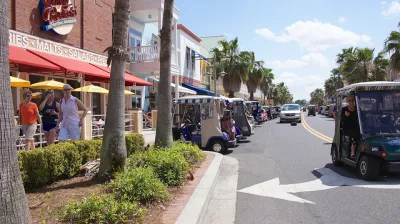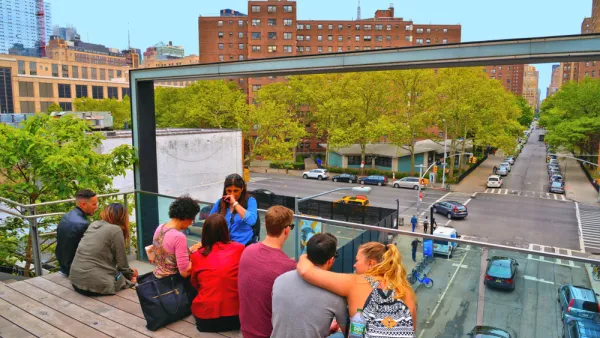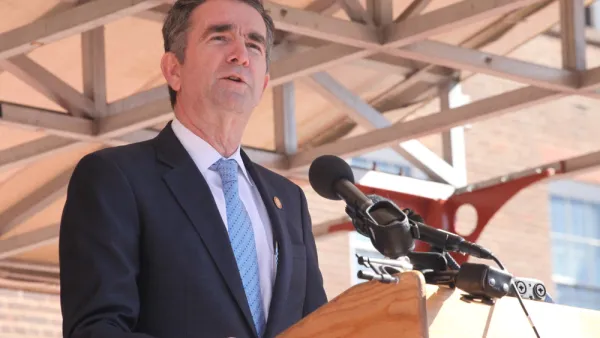With the high cost of land and housing in most major cities, why don't we just make the hundreds of "walkable" small towns in the United States more desirable places to live for average earners?

Forgive me if, after living in a small town for seven years, I have forgotten exactly what “walkable urbanism” means.
I walk every day on the sidewalks in my town of 1,500 people. Sometimes I’m just walking for recreation, and other times I want to get to the convenience store, post office, or one of several restaurants. It’s more of a bicycle trip to reach the grocery or drug store one mile away, but these destinations are also walkable.
But being a 40-minutes drive from the nearest city and an hour from the state capital, my small town surely doesn’t qualify as “urban.” Not by the definition used in the recent Urban Land Institute report, Housing in the Evolving American Suburb, which assumes walkable urbanism takes place mainly in or near the downtown of a major city.
The report further asserts that the dream of walkable urbanism can only be achieved by living in a tiny house or an apartment, given the high price of land and housing in these areas. If a young person or couple wants an affordable single-family home with a yard, they will have to settle for living in a fringe suburban setting, removed from commercial and civic amenities, and even access to sidewalks.
“... 'Walkable urbanism' has become somewhat of a luxury good that many households will not be able to afford … for many households the opportunity to walk to stores and restaurants will probably lose out to even higher priorities,” the report states.
I have observed walkable urbanism created out of nothing recently in some semi-rural areas here in Virginia such as Old Trail, a development west of Charlottesville, a metro of about 150,000 people; or in Spotsylvania Courthouse, 12 miles from the city of Fredericksburg. But these new neighborhoods are not really affordable to average working people. I suppose their developers are able to include walkability and a mix of commercial uses because there is significant demand in those locations from middle-class buyers.
But if true affordability can’t be achieved in these from-scratch places, why not build more around towns like mine? Many people who live in my town commute to Charlottesville or Richmond for work and specialty shopping, but their basic needs can still be fulfilled within a very short drive, or even by foot or pedal.
Well, there are at least two big problems with my proposal:
FULL STORY: How About Walkable “Small Town-ism?”

Analysis: Cybertruck Fatality Rate Far Exceeds That of Ford Pinto
The Tesla Cybertruck was recalled seven times last year.

National Parks Layoffs Will Cause Communities to Lose Billions
Thousands of essential park workers were laid off this week, just before the busy spring break season.

Retro-silient?: America’s First “Eco-burb,” The Woodlands Turns 50
A master-planned community north of Houston offers lessons on green infrastructure and resilient design, but falls short of its founder’s lofty affordability and walkability goals.

Test News Post 1
This is a summary

Analysis: Cybertruck Fatality Rate Far Exceeds That of Ford Pinto
The Tesla Cybertruck was recalled seven times last year.

Test News Headline 46
Test for the image on the front page.
Urban Design for Planners 1: Software Tools
This six-course series explores essential urban design concepts using open source software and equips planners with the tools they need to participate fully in the urban design process.
Planning for Universal Design
Learn the tools for implementing Universal Design in planning regulations.
EMC Planning Group, Inc.
Planetizen
Planetizen
Mpact (formerly Rail~Volution)
Great Falls Development Authority, Inc.
HUDs Office of Policy Development and Research
NYU Wagner Graduate School of Public Service



























